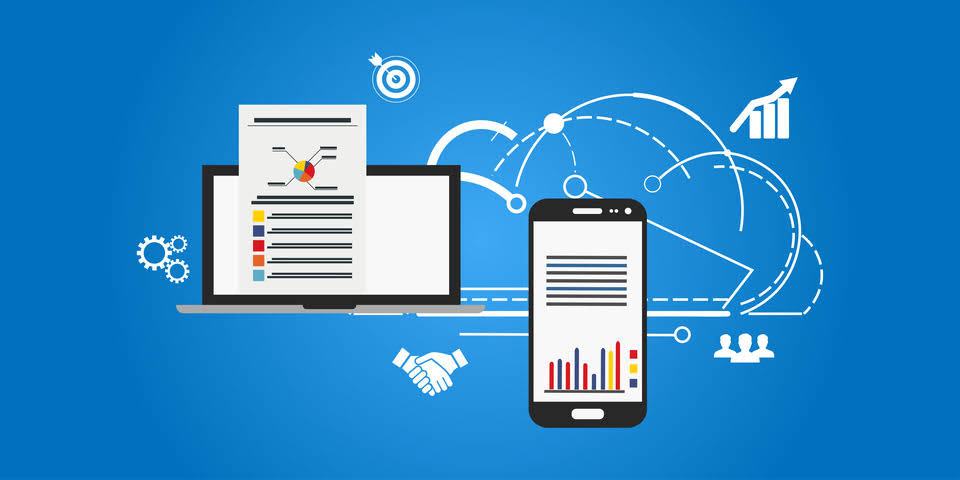
FIFO costing does not mix costs from prior tenure (in beginning inventory) with a current period expense. Understanding period costs is important for wise decision-making and financial management as a Grocery Store Accounting business owner. This article offers valuable information on the importance and effect of period costs on your overall financial business strategy.
Why is it Necessary to Keep Track of Period Costs?

Unlike period costs, product costs are tied to the production of a product. Some examples of what a product costs include, direct labor, raw materials, manufacturing supplies, and overhead that is directly tied to the production facility, such as electricity. There is no proper formula to calculate total period costs, and recording period expenses doesn’t follow a set of rules across all areas. The accountant must carefully review the time-related costs and decide whether they should be included in an income statement.
1 Formula for Period Costs
The standard costs that a business incurs that are not directly related to production operations or inventory costs but still must be added to their income statement are known as period costs. TranZact offers a valuable resource for Indian Manufacturing SMEs needing help with period costs. By using TranZact’s inventory and period costs calculator tools, businesses can manage the challenges of financial management. TranZact helps businesses focus on understanding fixed costs using reliable inventory valuation methods. In addition, knowing and managing capacity costs Certified Public Accountant provides a key advantage for companies looking to improve their financial decision-making processes. Total Fixed Costs (TFC) are costs that occur independent from your production.
Production Planning and Control: Objectives, Phases, Functions & Benefits

Yes, the total period costs provide valuable insights into the financial health of a business, allowing for meaningful financial analysis and comparison over different accounting periods. Weighted-average costing mixes current period expenses with the costs from prior periods in the beginning inventory. This mixing makes it impossible for managers to know the current period expense of manufacturing the product. First-in, first-out (FIFO) costing addresses this problem by assuming that the first units worked on are the first units transferred out of a production department. Fixed costs are considered time costs and are included in the Profit and Loss Account. They continue to grow, forcing the business to bear them regardless of profit or loss.
- In FIFO, old costs of the beginning inventory are moved out all at once, so they don’t mix with current costs.
- Remember to consider all the ongoing costs, including maintenance, repairs, insurance, and depreciation, to get an accurate picture of the total period cost.
- By using TranZact’s inventory and period costs calculator tools, businesses can manage the challenges of financial management.
- Understanding the Total Period Cost is vital for businesses to evaluate the proportion of their spending that does not directly contribute to production.
- Understanding product costs helps businesses set competitive and profitable prices by accurately calculating the cost of goods sold.

In this example, the calculated total operating cost for the second quarter is $22,300. If the amount produced increases, the fixed cost per item decreases, and vice versa. Calculated in advance, they play an important role in budget preparation, considering all factors affecting such costs. Examining these costs carefully during the overall decision-making process is very important. Adhering to accounting standards like GAAP or IFRS is essential for accurate classification and reporting. Such cost classifications have been proven useful to people, like most analysts who develop several costs, classifying them per their uses in various managerial applications.
- It will keep accruing, and an entity will have to bear the same without profit or revenue.
- By using a predetermined rate, businesses can estimate the overhead costs that should be assigned to each unit of production or cost object.
- This formula is flexible and can be customized to include all relevant costs for the specified period.
- FIFO costing does not mix costs from prior tenure (in beginning inventory) with a current period expense.
- TranZact offers a valuable resource for Indian Manufacturing SMEs needing help with period costs.
This calculator streamlines the process of computing the Total Period Cost, making it an accessible tool for business owners, financial analysts, and academic use. This formula is flexible and can be customized to include all relevant costs for the specified period. GDP is the total value of goods and services produced within a country over a specified period. Time cost forms a significant portion of indirect costs, hence critical for running the business.
2 Income Statement
TranZact is a team of IIT & IIM graduates who have developed a GST compliant, cloud-based, inventory management software for SME manufacturers. It digitizes your entire business operations, right from customer inquiry to dispatch. This also streamlines your Inventory, Purchase, Sales & Quotation management processes in a hassle-free user-friendly manner. In 2015, India revised its GDP computing methodology to align with global standards and accurately capture its evolving economic structure. Changes included updating the base year, enhancing data sources, and adopting refined metrics. The classification of costs as product or period affects how they are reported in financial statements.
- No, period costs are not directly tied to the production of goods or services.
- This means day-to-day operational costs or expenses a business faces in its regular operations.
- The standard costs that a business incurs that are not directly related to production operations or inventory costs but still must be added to their income statement are known as period costs.
- The contribution margin is a useful measure to assess the profitability of the product and guide pricing decisions, cost management strategies, and overall business performance evaluation.
Save money with car insurance and credit card tips!
- The firm will not incur enabling costs if operations shut down but will incur them if operations occur.
- Hence, the total period cost is the sum of all the period costs incurred during a particular accounting period.
- Period costs are also listed as an expense in the accounting period in which they occur.
- These costs are not directly tied to the production of goods but are necessary for ongoing business operations.
- Period costs are expenses that are not directly tied to the production of goods or services.
Whether you’re a business owner monitoring quarterly costs or an individual tracking monthly expenses, this calculator simplifies the process of calculating total costs for a specified period. It stands as a versatile resource for financial management and planning, total manufacturing cost formula ensuring individuals and businesses can achieve their financial goals. Understanding the distinction between period costs and product costs is vital for effective cost management, financial reporting, and strategic decision-making.
How are period costs different from product costs?
Time cost represents a major portion of indirect costs, making it important for the smooth operation of the business. Liabilities are normally things that are settled over time through the transfer of money, goods, or services. By definition, period costs are costs that are incurred during one accounting period and are not tied to the production of a product or the inventory costs. If liability is short-term and due within one accounting period and is not directly tied to the production of a product or inventory costs, then it could be considered a period cost.
